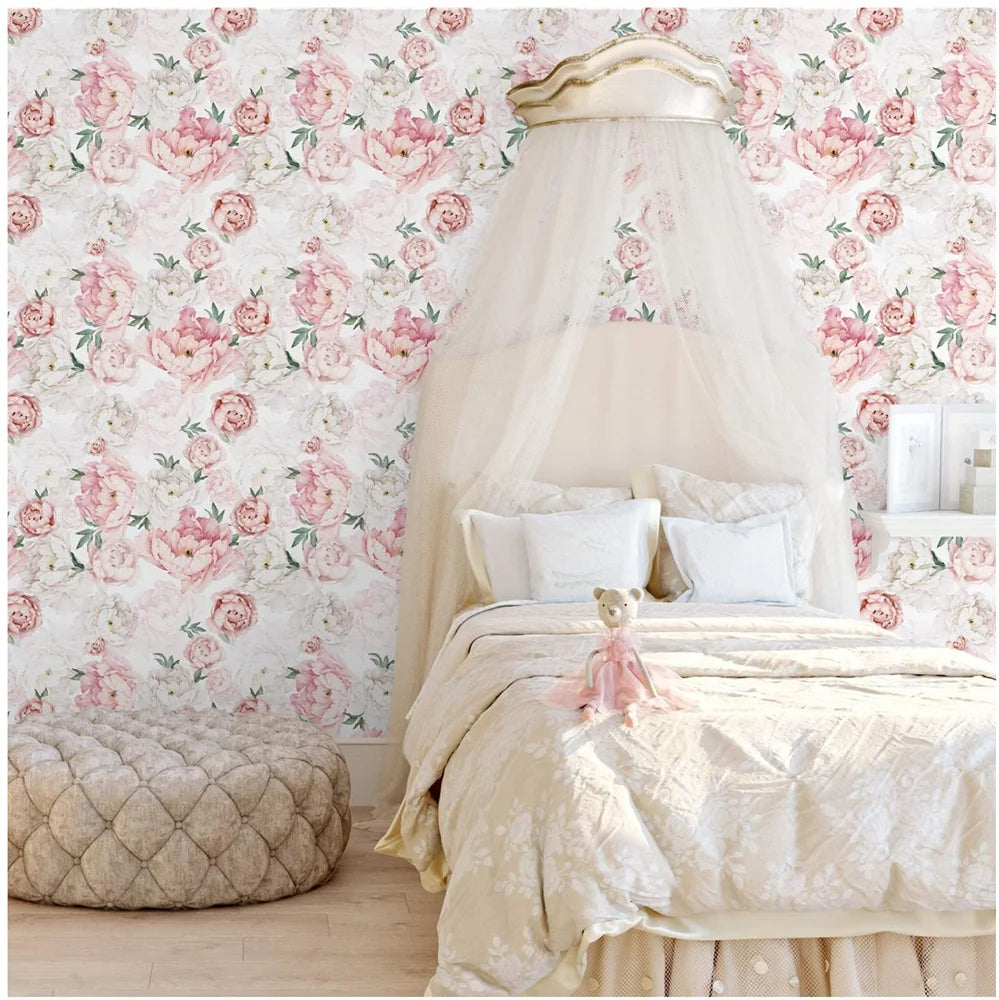How To Calculate Wallpaper
How to Calculate Wallpaper: A Step-by-Step Guide
Calculating the amount of wallpaper you need for a room may seem like a daunting task, but with a few simple steps, you can avoid any potential mishaps and ensure a perfect finish. In this guide, we'll walk you through the process of calculating wallpaper, taking into account room dimensions, pattern repeats, and wastage. Whether you're a seasoned DIY-er or a first-time decorator, this step-by-step guide will help you achieve a professional-looking result.
The Importance of Accurate Room Measurements
Before you start calculating the amount of wallpaper needed, it's crucial to measure your room accurately. Start by measuring the height of each wall from floor to ceiling and record the measurements in inches or centimeters. Next, measure the distance around each wall to determine the total length. Add the lengths of all walls together to get the total square footage.
Once you have the total square footage, you can determine the number of wallpaper rolls needed. Most wallpaper rolls come in standard sizes, typically 21 inches wide and 33 feet long. To calculate the number of rolls required, divide the total square footage by the square footage coverage per roll. Remember to round up to the nearest whole number to ensure you have enough rolls to complete the project.
Accounting for Pattern Repeats
When choosing wallpaper with a pattern, it's important to consider pattern repeats. Pattern repeats are the vertical or horizontal distance between one point in the pattern to where it starts again. They can vary greatly depending on the design of the wallpaper. To ensure you have enough wallpaper for a seamless pattern match, you'll need to take pattern repeats into account when calculating the amount needed.
To calculate the number of pattern repeats, measure the height of the pattern repeat on the wallpaper and divide it by the height of your wall. Round up to the nearest whole number to determine how many pattern repeats will fit within the height of your wall. Multiply this number by the number of rolls calculated earlier to determine the total amount of wallpaper needed.
It's also worth considering any additional pattern matching you may need to do around corners or alcoves. In these cases, you may need to order extra wallpaper to ensure proper pattern alignment.
Accounting for Wastage
Wastage is an important factor to consider when calculating wallpaper. It's recommended to account for a certain percentage of wastage to accommodate for possible mistakes during installation, cutting around windows and doors, or pattern matching. The amount of wastage can vary depending on your skill level and the complexity of the wallpaper design.
A general rule of thumb is to add an extra 10% to 15% to the total amount of wallpaper calculated earlier. This additional amount will help ensure you have enough wallpaper to complete the project without running out.
Choosing the Right Wallpaper Tools and Adhesives
Once you have calculated the amount of wallpaper needed, it's time to gather the necessary tools and adhesives for the installation process. Here are a few key items you'll need:
Wallpaper paste or adhesive: Choose a high-quality wallpaper paste or adhesive that is appropriate for the type of wallpaper you've chosen. Follow the manufacturer's instructions when mixing the paste to ensure the right consistency.
Wallpaper smoother or brush: A wallpaper smoother or brush is essential for removing air bubbles and smoothing out the wallpaper during installation. It helps achieve an even and professional finish.
Preparing the Walls for Wallpaper Installation
Before installing the wallpaper, it's essential to properly prepare the walls to ensure a smooth and long-lasting result. Follow these steps:
1. Clean the walls: Remove any dirt, dust, or grease from the walls using a mild detergent and warm water. Allow the walls to dry completely before proceeding.
2. Fill any holes or cracks: Use a filler or spackle to fill in any holes or cracks on the walls. Sand the area smooth once the filler has dried, and wipe away any excess dust.
3. Prime the walls: Apply a coat of primer to the walls to create a smooth surface and improve adhesion. Allow the primer to dry according to the manufacturer's instructions.
Installing Wallpaper: Step-by-Step Guide
Now that you have all the necessary tools and have prepared the walls, it's time to install the wallpaper. Follow these steps:
1. Cut the wallpaper: Measure the length needed for each strip of wallpaper, adding a few extra inches to the top and bottom for trimming. Use a straight edge and a utility knife to make clean cuts.
2. Apply the wallpaper paste: Follow the manufacturer's instructions for applying the wallpaper paste or adhesive to the back of the wallpaper. Be sure to cover the entire surface evenly.
3. Hang the wallpaper: Starting from the top of the wall, align the edge of the wallpaper with a plumb line or level to ensure it is straight. Smooth out any air bubbles or wrinkles with a wallpaper smoother or brush as you go.
4. Trim the excess: Once the wallpaper is hung, use a sharp utility knife and a straight edge to trim the excess wallpaper at the top and bottom. Take care to make clean and precise cuts.
Conclusion
Calculating wallpaper may initially seem overwhelming, but with accurate measurements, accounting for pattern repeats and wastage, and careful installation, you can achieve stunning results. By following the step-by-step guide outlined in this article, you'll be able to calculate the perfect amount of wallpaper needed and install it like a professional. Happy decorating!









